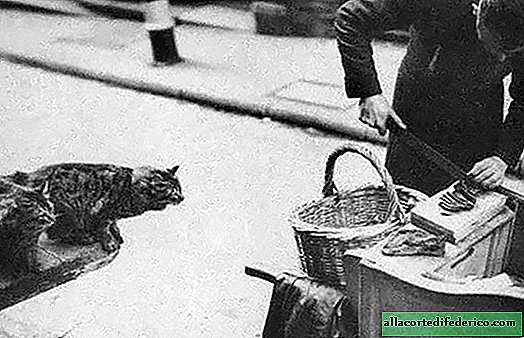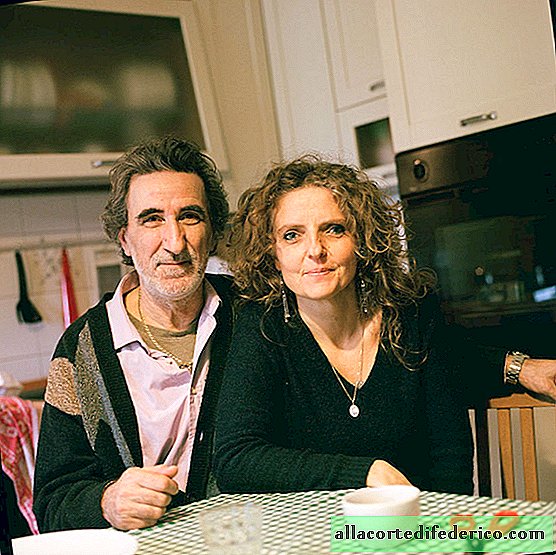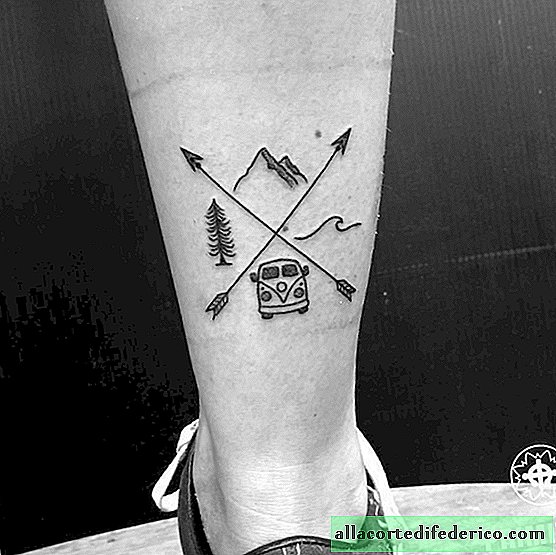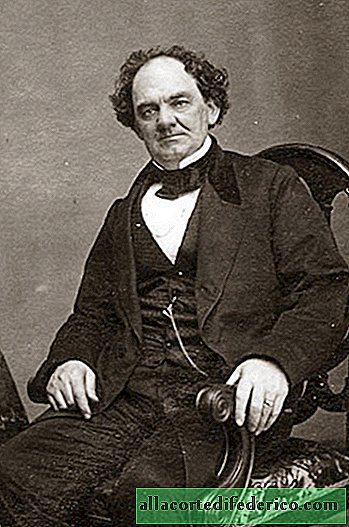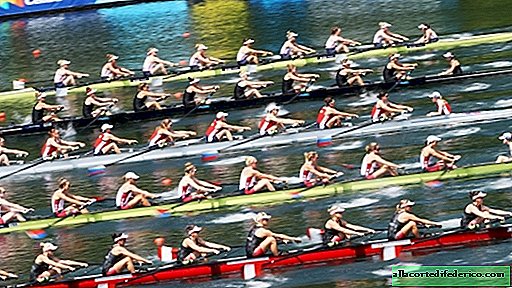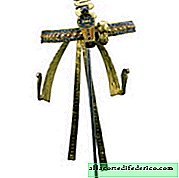Gladiator's diet: what did they eat to survive in the arena
Who personifies male beauty better than the Roman gladiator? His figure is covered with relief muscles. They were the standard of male beauty, strength and power - in any case, many people have the same impression after watching the films “Gladiator”, “Spartak” and “Empire”.
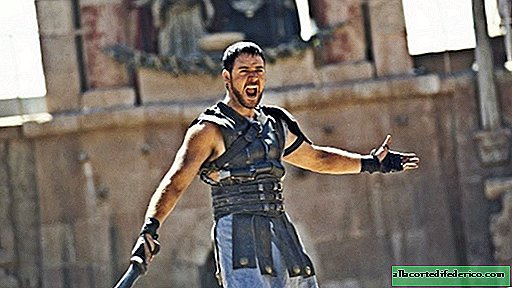 Russell Crowe in Ridley Scott's Gladiator, 2000
Russell Crowe in Ridley Scott's Gladiator, 2000In fact, everything was different. Modern science says about the physique of gladiators is completely different. Their appearance did not correspond to the ideas that formed classical art and modern pop culture in our country. Archaeological studies have shown that their abdominal and pectoral muscles were covered with a thick layer of subcutaneous fat. The fighters ate foods high in carbohydrates, such as barley and beans, and low in animal proteins. Their food did not include fish and meat products.
Gladiator physique knowledge gained by a group of medical anthropologists from Vienna Medical University. They examined the remains of a gladiatorial grave 2000 years ago, located on the territory of modern Ephesus (Turkey). At the time the burial was made, it belonged to the Roman Empire. In the common grave are the bones of 67 gladiators and one slave. Most likely, she was the wife of one of them.
Researchers were able to identify the remains of gladiators' bodies thanks to a bas-relief carved on a marble slab that covered the grave. It depicted scenes of gladiatorial battles and dedications to fallen wars.
Although not one of the 67 skeletons was completely preserved, the scientists had enough hands and feet, teeth and the remains of the skull in order to understand the nutritional preferences of a person and draw conclusions about his state of health.
 Gladiators fight. Mosaic. Villa Borghese (Italy)
Gladiators fight. Mosaic. Villa Borghese (Italy)Using the method of isotope analysis, experts determined the chemical composition of the bones and revealed the presence of elements such as zinc and potassium. This allowed them to draw conclusions about the diet of gladiators. Based on chemical studies of the remains, a team of scientists concluded that the gladiators ate little meat and a lot of legumes. A lot of calcium was found in the body. The vegetarian diet of gladiators is mentioned in historical sources of that time. In Natural History, Pliny the Elder calls gladiators hordearii, which means "barley eaters".
According to researchers, such a diet was not a consequence of their poverty or slavish position. It is generally accepted that all gladiators were slaves, prisoners of war, but this is not entirely true. Some of them fought in the arenas voluntarily - for money.
Scientists claim that the fighters ate food that helped gain weight. This was necessary so that an additional layer of fat creates a layer to protect the body. In this case, the nerve endings were less vulnerable and the bleeding wounds were not so dangerous. In addition, they were not so deep, and this allowed the gladiators to continue the battle.
Harvard University professor Kathleen Coleman, unconnected with researchers from the University of Vienna, also agrees that the gladiators' diet was carefully selected. Each of them wanted to win the battle. The food was supposed to help them with this. Coleman believes that gladiators in appearance looked more like Japanese sumo fighters than Russell Crowe.
Why did the idea of gladiators come to us in an amended form? From the point of view of scientists, the answer is simple.
The ancients are very similar to us. When we take photos for Instagram, we use photoshop. The same is true in the ancient world. People always wanted to look prettier and better than they really were. In ancient Greece, the Olympic athletes were considered the standard of a beautiful male body. Artists and sculptors, portraying gladiators, tried to bring them closer to the generally accepted notion of perfection.
Tourists can still see the ruins of the Ludus Magnus gladiator school in Rome. It was the largest and connected to the Coliseum with tunnels.
 The ruins of the gladiator school of Ludus Magnus in Rome
The ruins of the gladiator school of Ludus Magnus in RomeSchools resembled "slave prisons", of which there was only one way out - into the arena. Inside the school, mentors trained gladiators - men and women - in all combat techniques and weapons skills.
It is noteworthy that the excess fat of gladiators did not mean that they were sick or felt bad. Archaeological finds in Ephesus indicate the opposite. Gladiators were a significant investment, their owners took care of their life and health. In the premises where the "universal soldiers" lived and trained, heated floors for winter training, bathtubs, plumbing, and medical rooms were discovered. The most expensive fighters were treated by elite doctors. One of them was Galen from Pergamum, a Greek physician and writer whose work influenced medical science. A comparative analysis of the bones of average citizens of the empire with the bones of gladiators showed that in the case of fractures of the gladiators the best surgeons were treated.
In addition, they regularly consumed calcium. Europeans found that the calcium level in the bones of fighters is much higher than the required norm.
Pliny the Elder in Natural History writes that each gladiator had a compulsory first-aid kit.
 "Gladiator's lunch fight in Pompeii", Francesco Netti
"Gladiator's lunch fight in Pompeii", Francesco NettiBefore the start of the gladiatorial games, the noble Romans held large banquets, where fighters were invited. The historian Livy, who lived in the 1st century, described these holidays as magnificent feasts with animal sacrifices, attended by famous writers, philosophers, athletes and gladiators.
Despite the fact that the gladiators had the opportunity to eat well before the upcoming battle, they were faced with death. And death was part of the entertainment.
The Greek philosopher and historian Nikolai Damassky in his book “Athletics” wrote that when the guests were well-fed and happy, the owners of the house invited gladiators to battle, and when one of them cut their throats, the audience applauded with delight.


